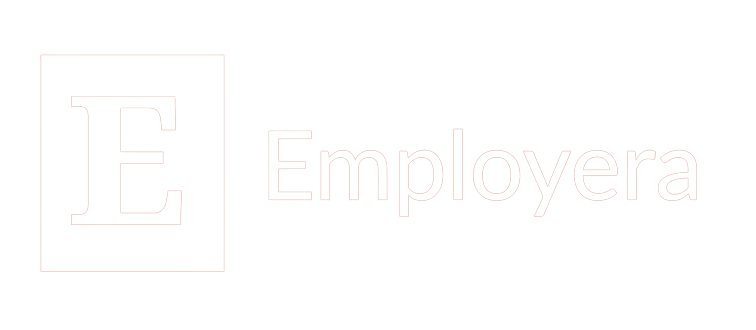Convincing your c-suite to invest in employer branding
By Kirsten Davidson, Employera
Defining the business value and helping your C-Suite visualize the connection between the bottom line and employer branding is critical to your team’s success in launching and implementing a sustained program.
Here are business-aligned imperatives to help you start the conversation and win over your C-Suite:
Focus on brand
A corporate brand is an important intangible asset, and it has a significant impact on a company's value. Just as the corporate brand plays a vital role in defining the company’s reputation, the employer brand is vital to your recruiting and retention goals, and defines how candidates and employees see your organization.
A compelling employer value proposition that showcases job opportunities, company culture and the work environment, attracts quality talent to your company and bonds existing employees closer to you. By aligning, building upon and investing in employer brand initiatives, you are strengthening your corporate image, while reducing recruitment and replacement costs and enabling growth.
Make the business case
First, get your numbers together so executives understand current costs to hire and replace, and understand the context for processing your budget request. On average, what does it really cost your company, all in, to hire and on board an individual employee? How much to replace an employee? How many additional roles will you need to fill in the year ahead? Average hires. senior executive hires, hourly hires? Here are some general industry benchmarks.
Now, run your own numbers. Start with replacement hires: multiply the number of backfills needed by either a percentage of salary benchmark like that above, or actual costs from your company. This will get you to a solid estimate of the true cost of replacement hires. Let’s move on to new hires. Say it costs $4000 to recruit and bring one employee on board, multiply this by the number of new roles you need to fill. Now, do the same with executive hires and hourlies. Add up costs for each kind of hire and arrive at a grand total. This is your real cost of hiring. It’s probably quite large. Presenting these figures to your C-Suite will help make a more compelling case for investing proactively in your employer brand to make it easier to attract, hire and retain the right people - and lower these average costs.
Play the competitor card
Does your CEO’s list of goals include becoming an employer of choice? Take a look at your competitors’ websites and see how they position themselves from the viewpoint of prospective employees.. Learn how your competitors have developed and activated their employer brands and positioned themselves as great places to work. Note which competitors are doing a good job with employer branding and those who aren’t. This will help you identify gaps and opportunities for your organization.
Point to research on top employer brands such as the 2022 Fortune 100 Best Companies to Work For®. This list highlights the companies that adapted to massive changes in the workplace by prioritizing employee well-being, inclusion, purpose, listening and care wherever their employees are—both in and outside the office—to defy the Great Resignation. Share these examples and how your company ranks with your executive leadership as a way to emphasize the value of employer branding.
Get more departments involved in building your employer brand
It’s important that your C-Suite understands that employer branding is more than just a pet project for your talent acquisition team. Filling critical roles, representing your company as an employer of choice and retaining key performers is important for the company as a whole, and the research findings and results will be invaluable to multiple departments and business units across the organization.
You will need team support to develop, launch, activate and measure the value of employer branding. Think beyond silos and build a team of business leaders and advocates across human resources, talent acquisition, DEI, communications, brand, marketing, business development, IT and more. Involving business partners from across the organization in the employer branding process will build a team of internal champions who will back your investment request and together you can get buy-in from your executive team.
In conclusion
Be direct, focus on the business value, share real costs for recruiting and backfilling, and align with strategic goals to win over your C-Suite and help executives recognize the importance of investing in your company’s employer brand.
We’d like to hear your thoughts on where your C-Suite stands on employer branding. Share your story or reach out and let’s brainstorm together. Interested in talking about the future of employer branding, employee experience or talent communications? Get in touch at hello@employera.com.
Kirsten Davidson is managing partner, Employer Brand Leader and Co-Founder at Employera, a consulting firm and agency that helps large employers attract, inspire and retain great talent through employer branding, experience design, recruitment marketing and internal communications.
About Employera
The Employera team is made up of experienced consultants, analysts, strategists and creators who build modern employer brands, design compelling experiences, and deliver strong, clear communications to help companies, employees and cultures thrive. Our assessments, collaborative processes and project management frameworks are designed for large company environments, and each member of our team has managed what we do as senior players at large, well-known employers. We’re here to help you succeed, and we love our work.

